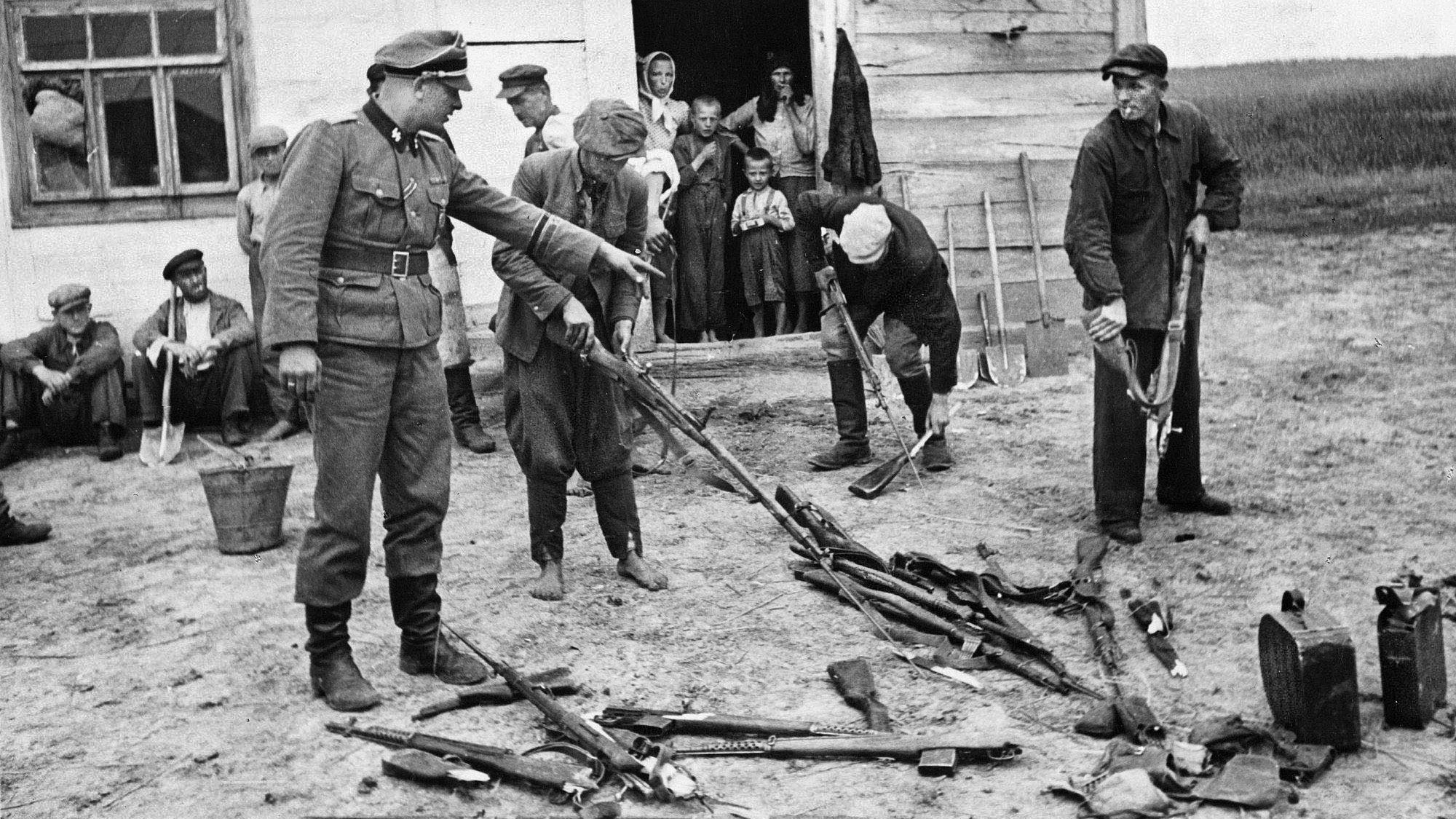What was the process for getting fuel to the farthest reaches of The Russian Campaign.?
Was it coming from Germany and Romania.?
I am not even sure, after reading The Octane Thread, if Av Gas was even made anywhere but Germany.
Anyway...........did Germany and its Allies have lots of 1 or 2 Thousand Gallon tank trucks to get all of that stuff out East.?
Was it transported by The Luftwaffe, or "The Wehrmacht", or some type of Reserve or Civil Service personnel.?
Not sure if the Germnan Army and Air Force handled their own needs or if it was done all by one group of people that serviced all the needs of The German Military.
Thank You
Was it coming from Germany and Romania.?
I am not even sure, after reading The Octane Thread, if Av Gas was even made anywhere but Germany.
Anyway...........did Germany and its Allies have lots of 1 or 2 Thousand Gallon tank trucks to get all of that stuff out East.?
Was it transported by The Luftwaffe, or "The Wehrmacht", or some type of Reserve or Civil Service personnel.?
Not sure if the Germnan Army and Air Force handled their own needs or if it was done all by one group of people that serviced all the needs of The German Military.
Thank You

